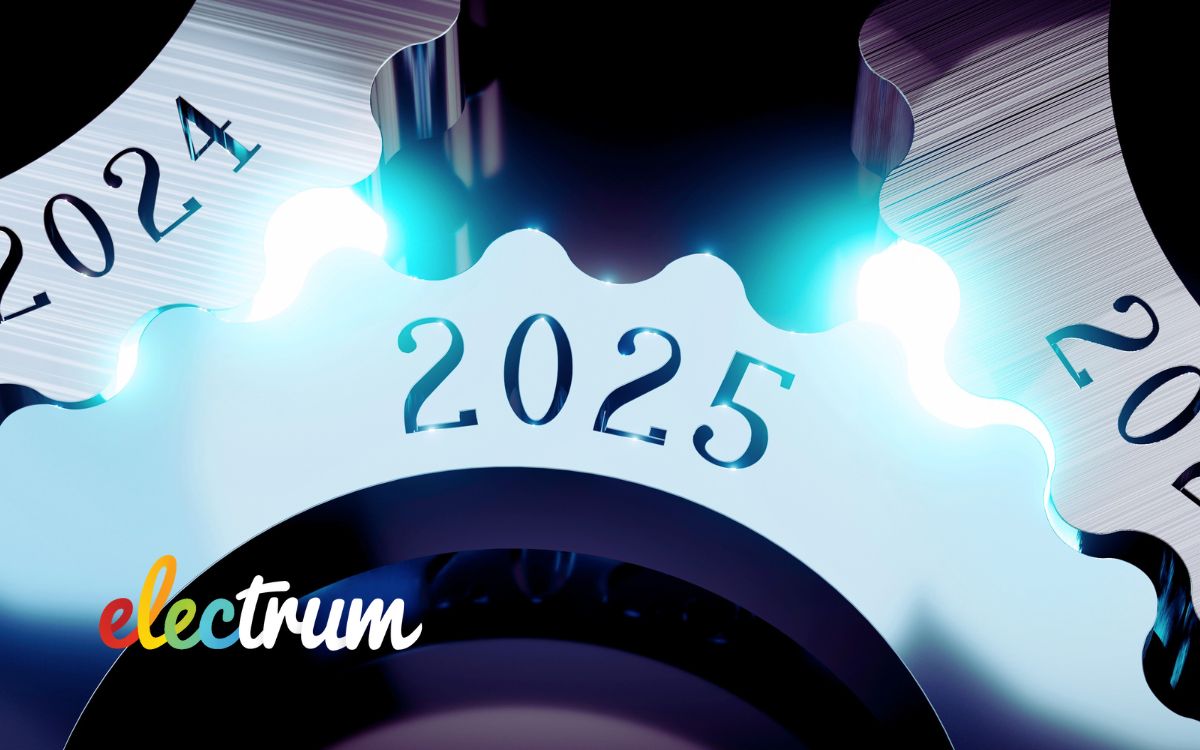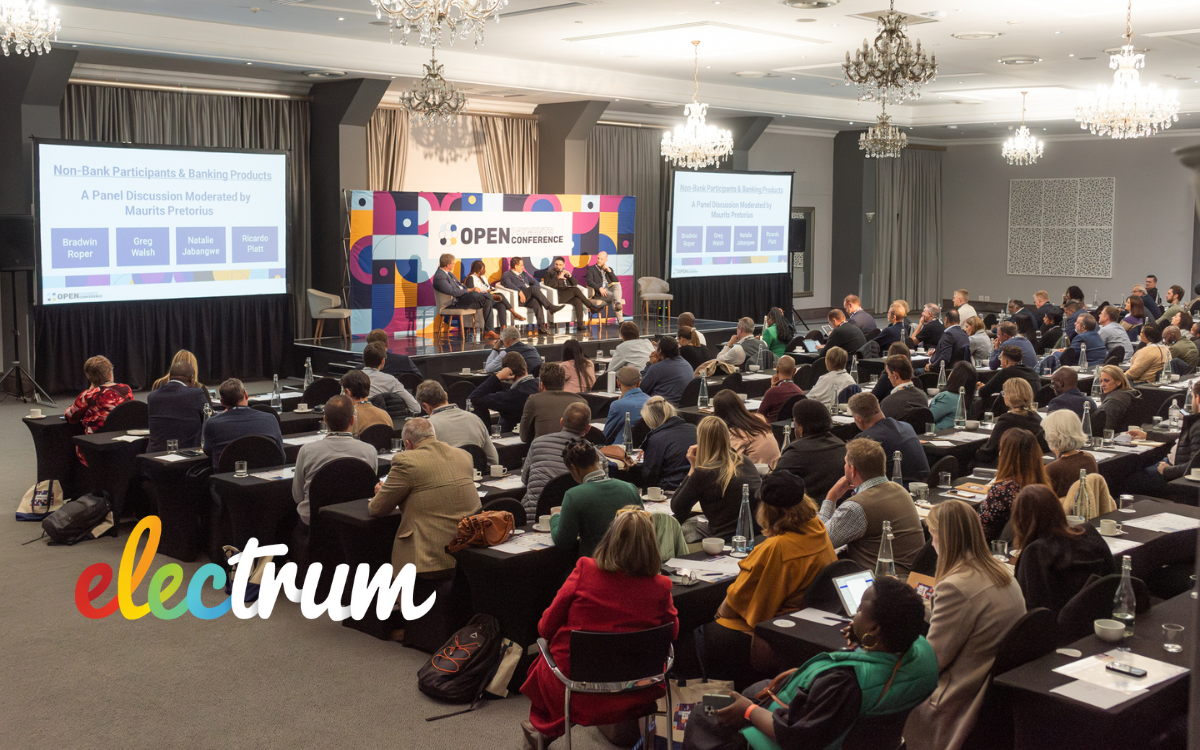
Financial inclusion, modernisation, and innovation are buzzwords in the payments industry. But, is Vision 2025 correctly understood by all the key parties? This blog examines what the industry goals actually are, and discusses what the Vision is not.
South Africa has a dynamic payments landscape and a National Payment System (NPS) with a rich history of payments processing. This includes a number of remarkable achievements that the country takes pride in. A notable milestone was South Africa’s implementation of a real-time payments system with the launch of RTC (real-time clearing) in 2006 - pre-dating the UK’s Faster Payments in 2008, India’s IMPS launched in 2010 (the precursor of their renowned UPI), and Brazil’s game-changing PIX launched in 2020.
Embedded within the South African economy, the NPS plays a pivotal role. The payments industry is influenced by various factors, such as:
-
The role of regulatory frameworks;
-
Technological advancements;
-
Evolving landscapes where banks, as well as non-banks (such as fintechs and merchants), play important roles; and
-
Innovations in the payments industry combined with changing customer needs.
The country continues to grapple with an array of well-known socio-economic challenges. Poverty and inequality loom large, affecting both individuals and the overall economy of the country. To address these issues, the country implemented the National Development Plan (NDP) of 2030 with the long-term vision to eliminate poverty and reduce inequality.
Recognising these dynamics within the payments industry context, the South African Reserve Bank (SARB) published Vision 2025 in March 2018 as an ‘overarching industry vision for the future of South African payment systems’, aimed at enhancing the accessibility of payments that are safe, efficient, and reliable. The Vision describes a set of goals that are aligned with those of the NDP, and has the following overarching goal:
Enhance the safety, efficiency and accessibility of the national payment system in a manner that promotes competition and minimises risk to the payments ecosystem by leveraging technological developments to extend the availability of digital payment services to all sectors of society while meeting domestic, regional and international requirements for the benefit of all members of South African society.
Vision 2025 is broken down as follows:

It is helpful to take a step back and consider what Vision 2025 is not meant to be.
1. It is not meant to be a prescriptive, regulatory mandate
Rather, it is intended to be the first step towards enhancing the NPS, while it is ‘up to the industry to take the lead in detailing project plans to the strategies to meet these goals’. Electrum recently interviewed a number of industry stakeholders, including leading bank and retailer executives, across the South African payments landscape and they describe the Vision as follows:
‘I don’t see it as a strategy paper, I see it as a conceptual paper.’
‘It’s a pretty light-touch and nudge approach regulation, which I kind of prefer as opposed to a heavy mandate.’
‘What’s good about the SARB’s Vision is it’s not prescriptive.’
‘The Vision sets out an ambition and kind of galvanises energy.’
2. It is not a roadmap to cash displacement
This is while the Vision recognises the importance of cash services such as cash-in and cash-out remittance schemes in building trust in formal financial products, and aims to facilitate the transition to electronic payments for underserved communities.
3. It is not about PayShap
Vision 2025 emphasises the need to ensure ‘seamless, instant, safe, cost-effective payments.’ One of the tangible strategies referenced in the figure above calls for the undertaking of ‘a holistic review of payment systems’ that includes enhancing the existing payment streams.
However, the Vision itself does not map out the journey to modernisation of real-time payments and the establishment of the new PayShap payment system.
Around the same time as the establishment of Vision 2025, a research initiative was conducted in 2017 to explore modernisation challenges and approaches for South Africa. The outcome of this research resulted in Project Future, which was launched by BankservAfrica in 2018. This project aimed to establish a ‘target state architecture’ and conceptualised the vision for a low-cost, easy-to-use payment system.
Also, following the release of Vision 2025, the Payments Association of South Africa (PASA) and BankservAfrica conducted a ‘Payments Study Tour’ in 2019. This tour, facilitated by PwC, included sending 23 delegates from across the country’s payments landscape to China, India, Singapore, and Thailand to obtain learnings from these countries’ payments modernisation journeys.
Project Future and the Payments Study Tour eventually lead to the establishment of the new PayShap payments solution which was rolled out via a first cohort of banks in March 2023, with a second cohort expected to follow soon.
In summary, South Africa’s NPS stands as a testament to its achievements in payments processing. Vision 2025 aims to promote financial inclusion, modernise payment systems, and foster a safe, efficient, and accessible payments landscape for the benefit of all members of society.
Electrum’s 2023 Modernised Payments in South Africa Report delves into Vision 2025, highlighting how financial inclusion lies at the core of all its goals (while itself being listed as one of the nine Vision 2025 goals). The Report also looks at the dual role of regulation in the Vision, having an inherent impact on most of the Vision’s goals while being a core goal itself, and explores important topics such as industry collaboration, payments interoperability, as well as merchant and consumer adoption of formal payment methods
Follow us on LinkedIn to see our latest blogs, or contact us if you would like to chat about modernising your Payments business.
Payments Research Report
Modernised Payments in South Africa
Comprehensive insights into the modernisation of payments in South Africa and the industry's progress towards meeting the goals of Vision 2025

.jpg)
Rinske van der Bijl
Rinske van der Bijl is a Senior Product Manager at Electrum. She has worked in the South African payments processing landscape for the past decade and has been at Electrum since 2018. Having initially specialised in Digital Goods and Services, she now works on building out our very exciting Payments product line. Also known as "Kiara's Mom", Rinske brightens our days by often bringing her fluffy, friendly Golden Retriever with happy tail wags to the office.
Electrum Newsletter
Quarterly insights and news to help you keep up with the latest changes in the payments landscape







